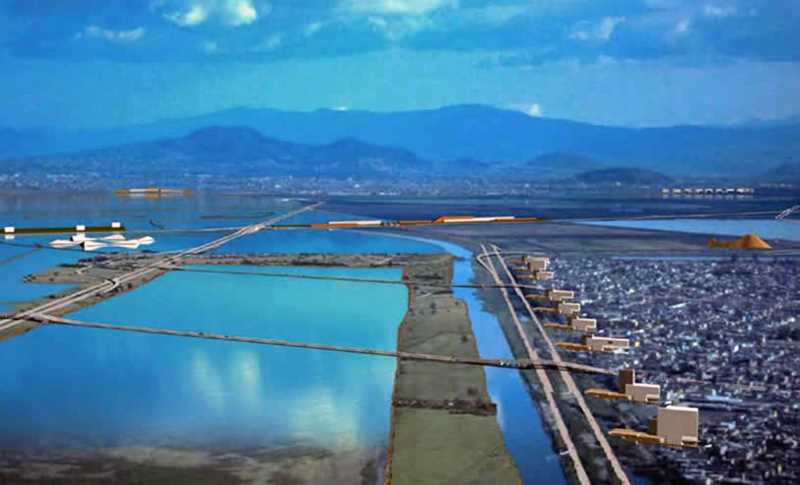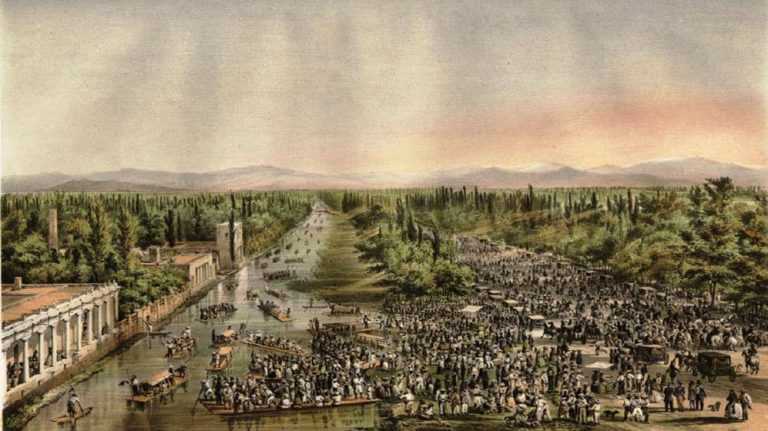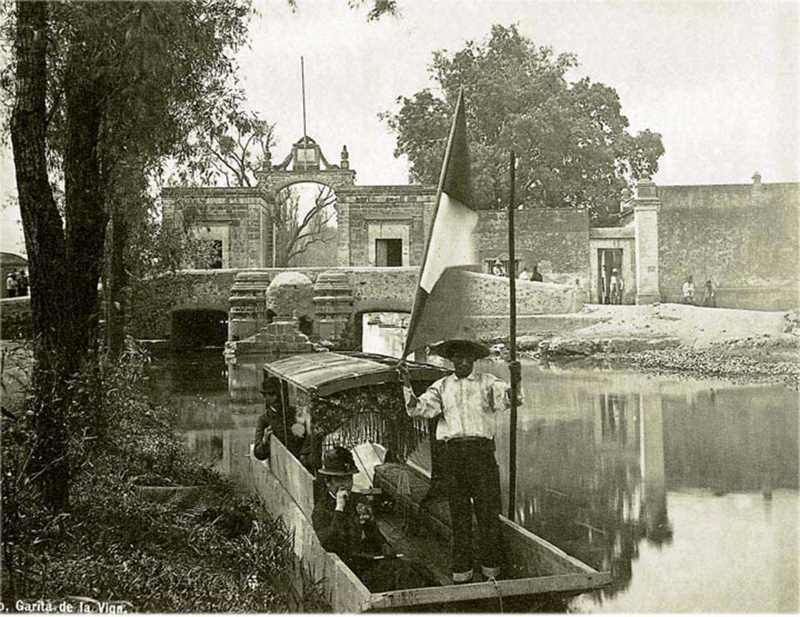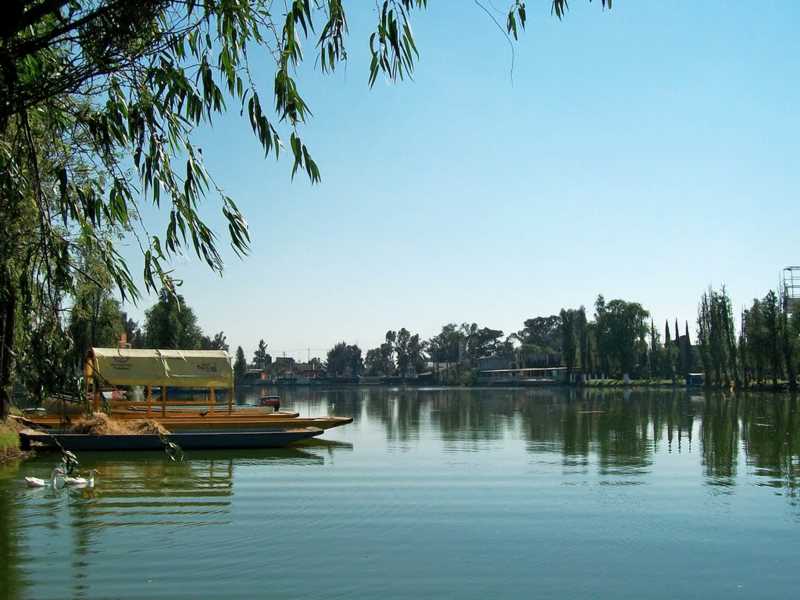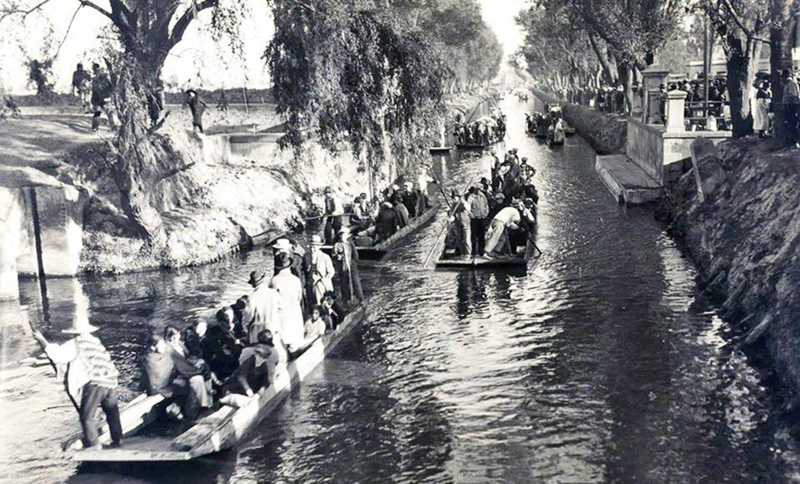Mexico City's Bold Plan to Reawaken the La Viga Canal
The proposal to reopen the La Viga Canal aims to restore water bodies, parks, and green spaces, combat heat islands, and reconnect with the city's historical identity. A sustainable solution with positive impacts on communities and the environment.

In the hustle and bustle of modern urban development, the significance of water bodies has often been overlooked, despite their historical importance as centers of settlement and providers of essential ecosystem services. Ada Avendaño Enciso, an academic at the UNAM's Faculty of Architecture, emphasized the vital role of water bodies in cities during a recent interview. She argued that the pipelining of countless rivers in Mexico City was a mistake that disrupted the ecological balance and caused damage to the subsoil, resulting in the wastage of rainwater and environmental deterioration over decades.
The good news is that it's not too late to rectify this situation. Avendaño Enciso stressed the importance of recovering part of Mexico City's memory as a lake area and embracing its natural surroundings to achieve ecological balance for of its inhabitants. After more than 500 years of urban development that disregarded the significance of water, the city now faces a water scarcity problem.
To address this issue, a compelling proposal has emerged, championing environmental and social benefits while minimizing complexity—the reopening of the La Viga Canal. This idea was presented in Lucía Elsa Benavides Mondragón's thesis “México, ciudad regenerativa: teoría y práctica de un nuevo paradigma urbanístico, un proyecto de regeneración para el Canal de La Viga,” under the guidance of Ada Avendaño.
The proposal suggests the reinundation of the Canal de La Viga, entailing an 8.1-kilometer intervention that creates a waterway, restores significant environmental areas, and offers urban-architectural interventions that promote social and economic recovery in certain parts of the city.
The actions outlined in the project encompass the recovery and creation of environmental value areas, bodies of water, parks, gardens, infiltration wells, and ponds along the canal's route. Rainwater capture and utilization, as well as water treatment and aquifer infiltration, are integral components. Additionally, the project aims to enhance public spaces, rehabilitate squares, and implement safe and functional cycle paths. To further promote water-based transportation and leisure activities, plans include the use of small-scale aquatic transport, recreational and tourist rides, and boats for research and maintenance of the water body.
The rationale behind this proposal is rooted in the significant role water plays as a thermal regulator. By humidifying the environment and reducing local temperatures, water can counteract the rising heat in Mexico City. The rising heat is exacerbated by the proliferation of automobiles, the vast coverage of concrete and asphalt, and the surrounding mountainous terrain impeding air circulation through the basin.
Historically, the Canal de La Viga served as the last navigable communication link between the lakes of the basin. Unfortunately, the canal was covered with a freeway in sections between 1921 and 1940, leaving only the canals and chinampas of the old Lake Xochimilco and the National Canal as remnants of its fluvial heritage. Several kilometers of the canal were covered to make way for vehicular roads in the 1930s and 1940s, resulting in a lost connection with the Culhuacán area.
By restoring the La Viga Canal, Mexico City has the opportunity to reclaim its essence and foster positive effects on the communities it traverses. This project will not only reconnect ancient and new regions of the city but also rekindle a sense of belonging, cultural identity, and pride among residents of traditional neighborhoods along the canal. Such as San Mateys, Santa Anita, Los Reyes, Mexicaltzingo, and others.
The revival of the La Viga Canal is a significant step towards making Mexico City a regenerative and sustainable metropolis. With a focus on water management and ecological restoration, this proposal presents a compelling path to create a greener, more resilient, and vibrant urban landscape. By preserving its historical memory and embracing its natural heritage, Mexico City can flourish as a city that respects its environment and nurtures the well-being of its citizens. This ambitious yet feasible project exemplifies the potential of sustainable urban development and serves as a beacon of hope for cities worldwide striving to strike a harmonious balance between nature and progress.
